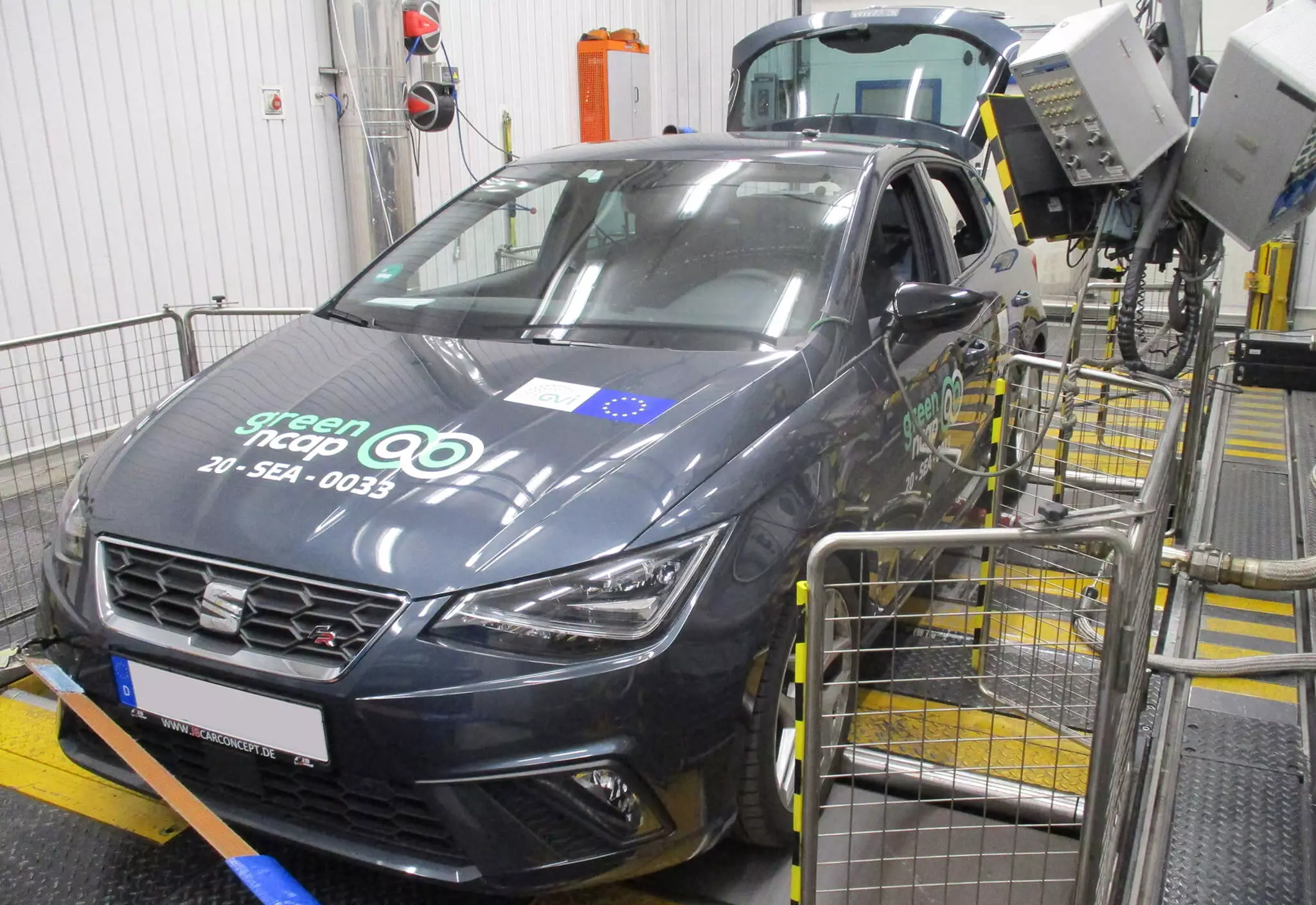THE Green NCAP it is to the performance of cars in terms of emissions what Euro NCAP is to the performance of cars in safety.
In their tests, they evaluate, both in the laboratory and on the road, and under more demanding conditions than the WLTP and RDE (Real Driving Emissions) regulatory protocols, the vehicles in three areas: air cleaning index, energy efficiency index and, as a novelty for 2020, the greenhouse gas emissions index.
Naturally, electric vehicles are at an advantage, as they have no emissions whatsoever. To help, the assessment only contemplates, for now, a “tank-to-wheel” analysis (deposit to the wheel), that is, the emissions when in use. In the future, Green NCAP wants to carry out a more comprehensive “well-to-wheel” assessment (from well to wheel), which already includes, for example, the emissions generated to produce a vehicle or the origin of the electricity that electric vehicles need.
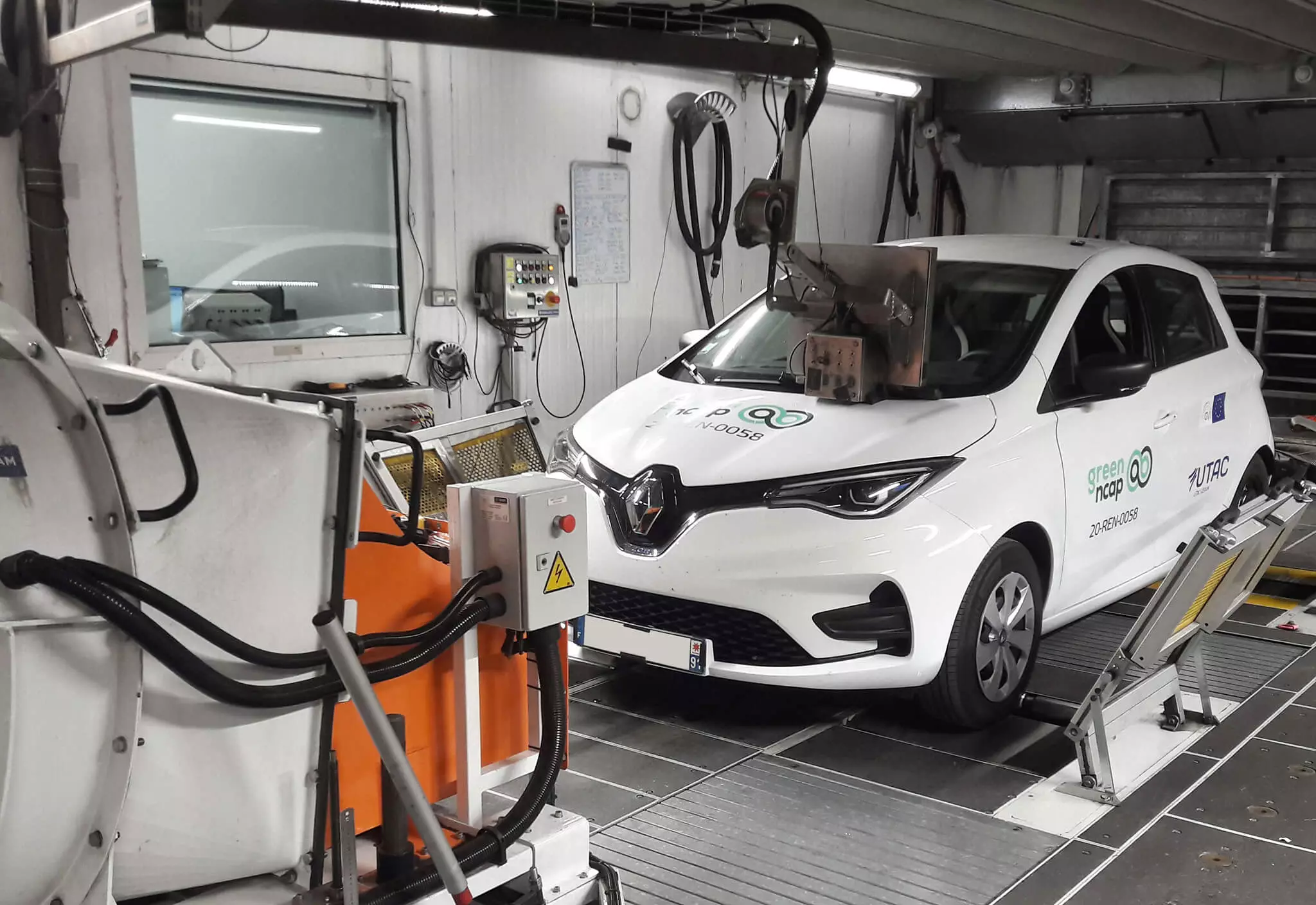
The 24 tested models
In this round of tests, around 24 models were evaluated, including 100% electric, hybrid (not plug-in), gasoline, diesel and even CNG. In the following table, you can see the evaluation of each of the models in detail, just click on the link:
| Model | stars |
|---|---|
| Audi A4 Avant 40g-tron DSG | two |
| BMW 320d (auto) | 2½ |
| Dacia Duster Blue DCi 4×2 (manual) | 2½ |
| Honda CR-V i-MMD (hybrid) | 2½ |
| Hyundai Kauai Electric 39.2 kWh | 5 |
| Jeep Renegade 1.6 Multijet 4×2 (manual) | two |
| Kia Sportage 1.6 CRDI 4×4 7DCT | 1½ |
| Mazda CX-5 Skyactiv-G 165 4×2 (manual) | two |
| Mercedes-Benz C 220 d (auto) | 3 |
| Mercedes-Benz V 250 d (auto) | 1½ |
| Nissan Qashqai 1.3 DIG-T (manual) | 2½ |
| Opel/Vauxhall Zafira Life 2.0 Diesel (auto) | 1½ |
| Peugeot 208 1.2 PureTech 100 (manual) | 3 |
| Peugeot 2008 1.2 PureTech 110 (manual) | 3 |
| Peugeot 3008 1.5 BlueHDI 130 EAT8 | 2½ |
| Renault Captur 1.3 TCE 130 (manual) | 3 |
| Renault Clio TCE 100 (manual) | 3 |
| Renault ZOE R110 Z.E.50 | 5 |
| SEAT Ibiza 1.0 TGI (manual) | 3 |
| Suzuki Vitara 1.0 Boosterjet 4×2 (manual) | 2½ |
| Toyota C-HR 1.8 Hybrid | 3½ |
| Volkswagen Passat 2.0 TDI 190 DSG | 2½ |
| Volkswagen Polo 1.0 TSI 115 (manual) | 3 |
| Volkswagen Transporter California 2.0 TDI DSG 4×4 | 1½ |

As in Euro NCAP, Green NCAP assigns stars (from 0 to 5) that combine the scores of the three assessment areas. Note that some models may, however, no longer be marketed, such as the Peugeot 2008, which belongs to the previous generation. Green NCAP only tests cars that have already been “run in”, having already recorded a few thousand kilometers on the odometer, thus being more representative of the cars on the road. Vehicles used in tests come from rental car companies.
Predictably, electric vehicles, in this case the Hyundai Kauai Electric and the Renault Zoe, are the only ones to achieve the five stars, with interest being diverted to the differences between models with internal combustion engines, the fuels that power them and whether or not they have the help of an electric motor, as with the Honda CR-V i-MMD and the Toyota C-HR.
Subscribe to our newsletter
Toyota's hybrid tops the list for models with a combustion engine, with Honda's hybrid not performing as well due to the tested unit's lack of a particulate filter. However, Honda said that this gap will be closed with the introduction of this device in CR-Vs that are being produced this year-end.
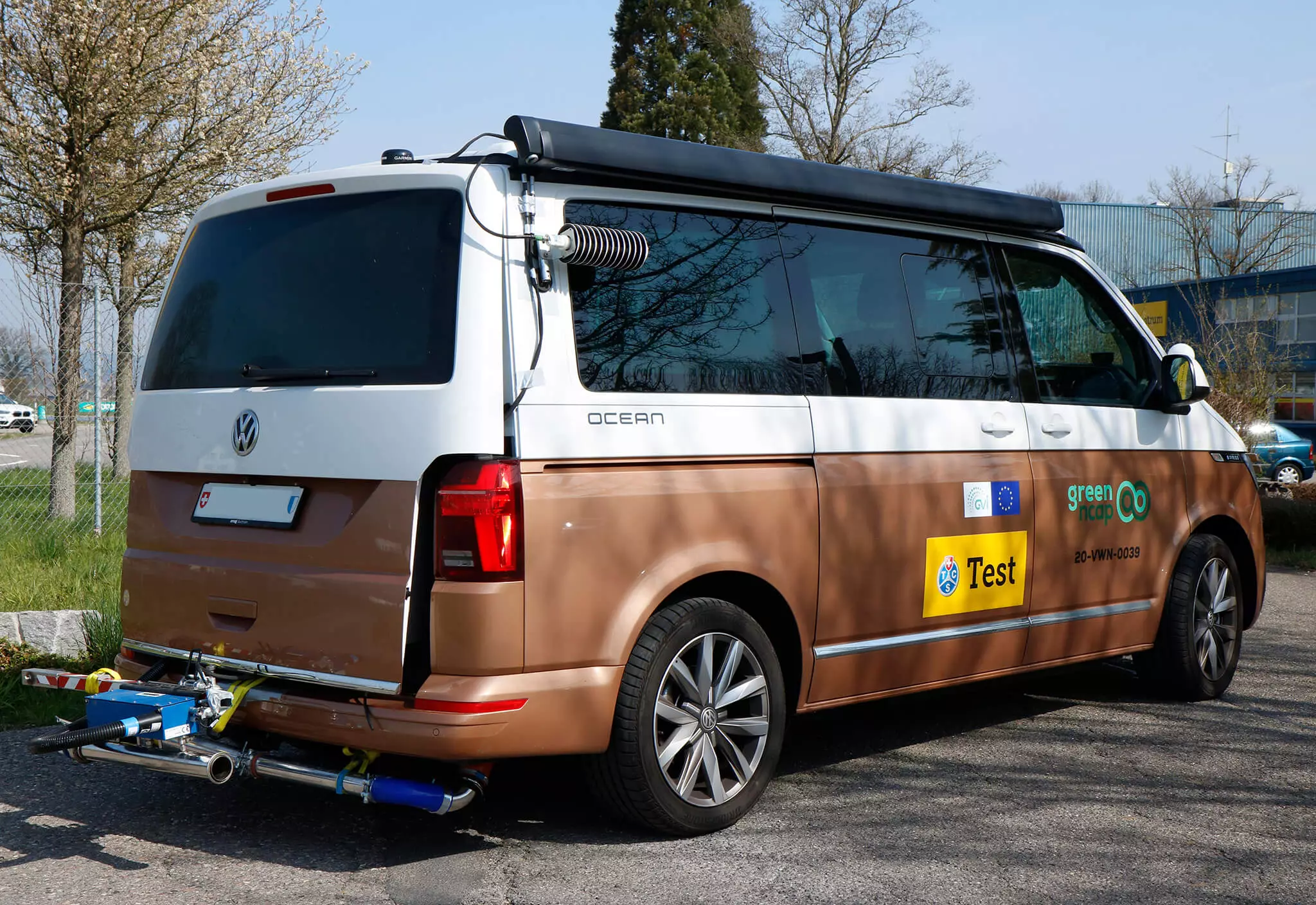
It is also found that it is easier to achieve good ratings in the smaller models — Peugeot 208, Renault Clio and Volkswagen Polo — all of them with three stars, including the SEAT Ibiza, here in the TGI version, ie Compressed Natural Gas ( CNG). In contrast, the biggest models in this group — Mercedes-Benz V-Class, Opel Zafira Life and Volkswagen Transporter — can't do better than a star and a half, as the energy efficiency index is significantly affected by the greater weight and worse aerodynamic resistance index .
The various SUVs tested are, on average, by two stars, a result on average lower than the cars from which they are derived. In the representatives of the D-segment, the familiar saloons (and vans) — BMW 3 Series, Mercedes-Benz C-Class and Volkswagen Passat —, get between three and three and a half stars (Mercedes), thanks to the diesel engines with which they are already equipped. compliant with the latest Euro6D-TEMP.
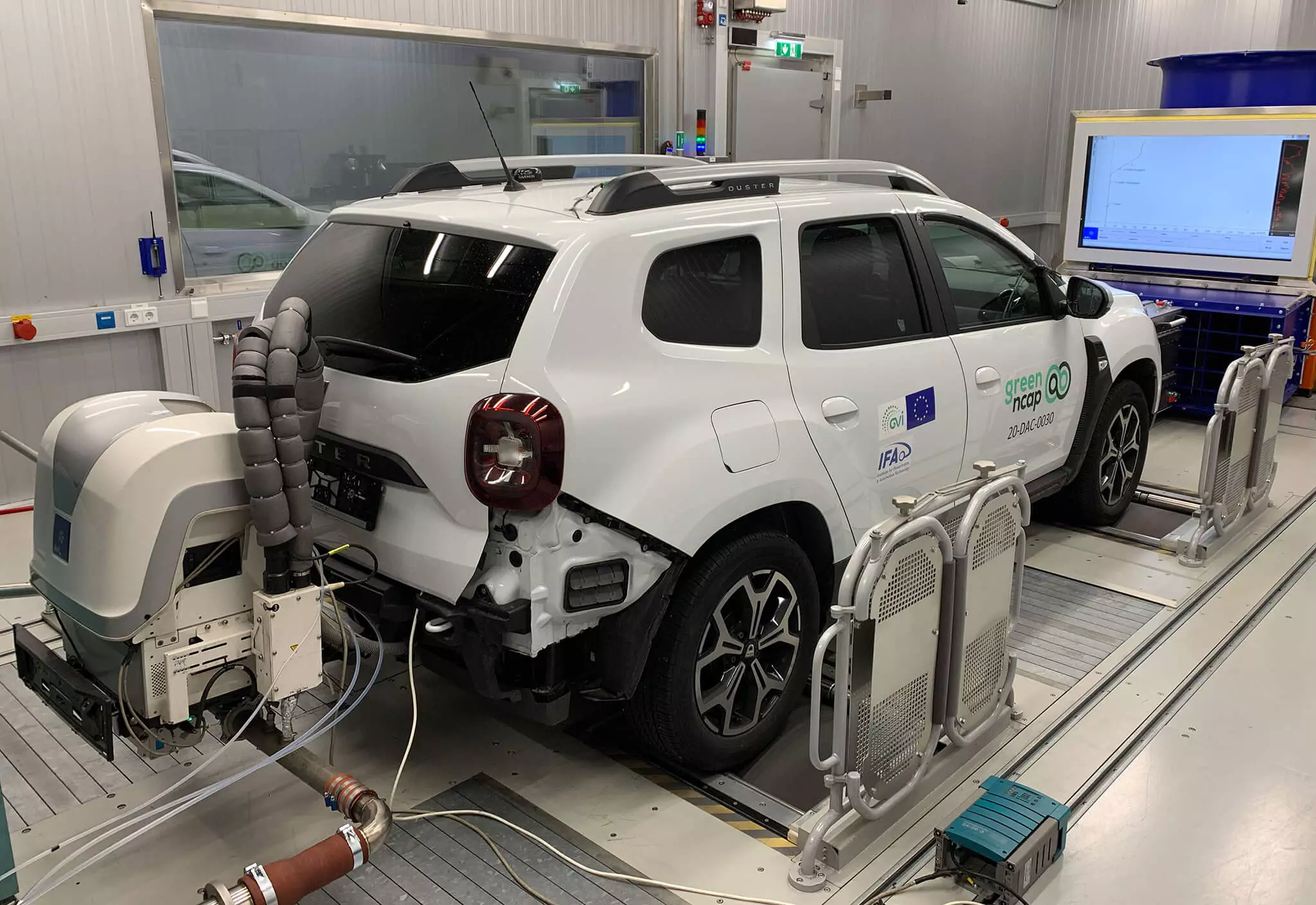
These are ratings at the level and even better than those achieved by smaller cars, which demonstrates that the demonization that Diesels have been targeting may be excessive, when we refer to this latest generation of mechanics.
Special mention goes to the Mercedes-Benz C 220 d, which achieved a particularly high score in terms of air cleanliness, which shows the very good efficiency of its exhaust gas treatment systems. On the other hand, the two stars of the Audi A4 Avant g-tron just learned, whose final assessment was impaired due to the low score in the index of greenhouse gas emissions, especially those related to methane — something that did not happen with, for example, the SEAT Ibiza, the other tested model that uses CNG as fuel.
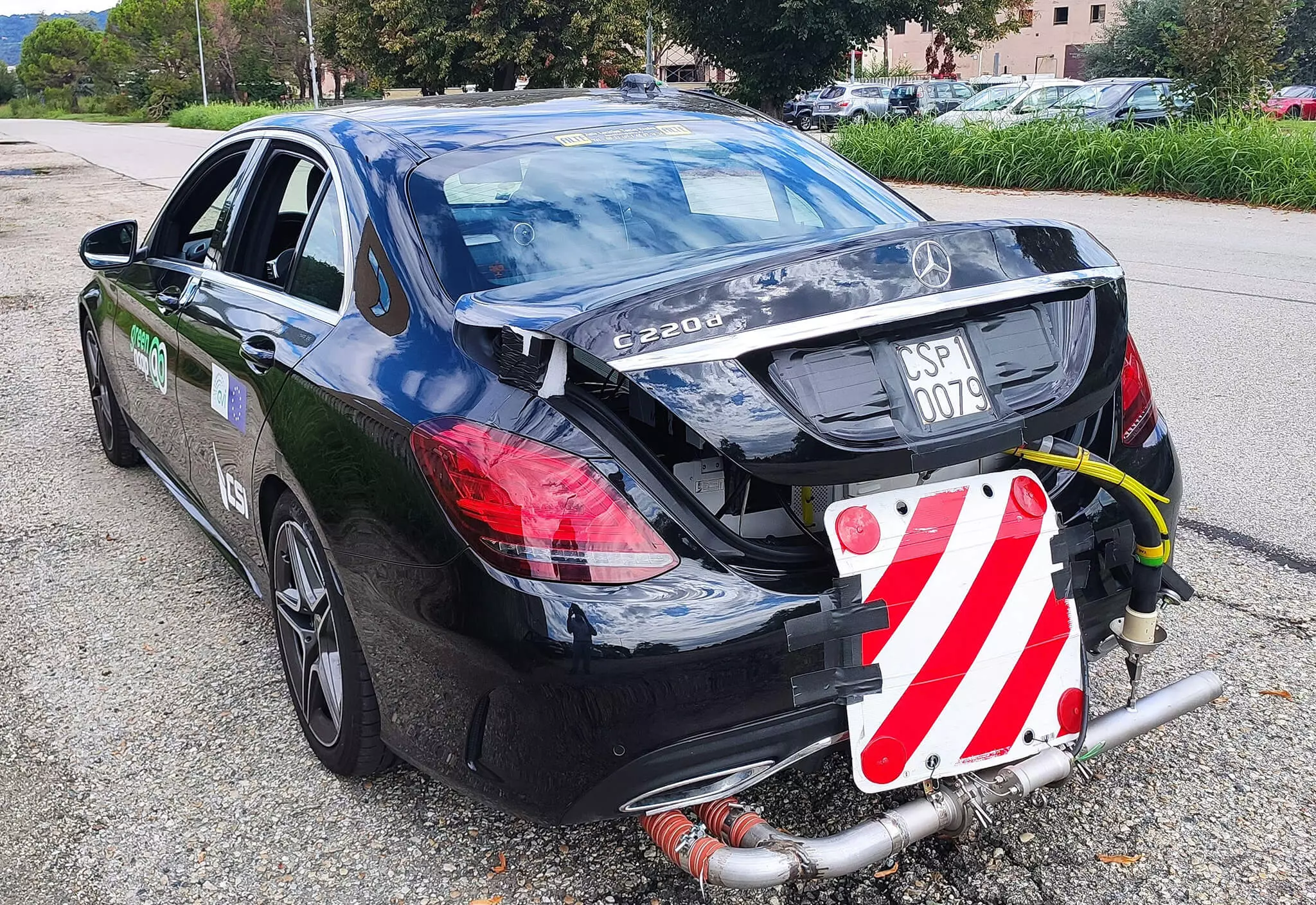
No plug-in hybrids tested?
Plug-in hybrids have been in the midst of huge controversy after the publication of a Transport & Environment study that accuses them of polluting far more than official figures indicate, even more so than purely combustion models. So far, Green NCAP has never tested any plug-in hybrids because, in their words, it's “too complex”.
According to them, the test procedures have not yet been finalized, as, as they say: “to achieve comparable and representative results, the battery's state of charge must be known and the incidences in which the battery is charged (during the tests) recorded ”.
Despite the complexity of the task at hand, Green NCAP says the next round of tests whose results will be published during next February will include plug-in hybrid vehicles — will they reach the same conclusions as the Transport & Environment study?
